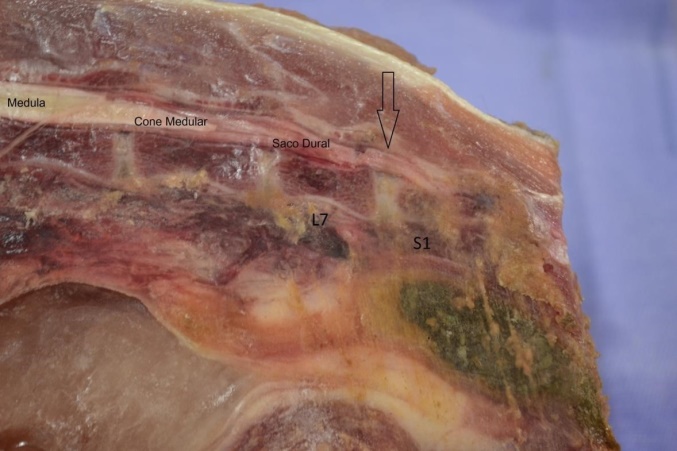Sonographic evaluation of the lumbosacral region for neuroaxial anaesthesia in domestic felines
DOI:
https://doi.org/10.21708/avb.2019.13.3.8330Resumo
The objective of this study was to describe the lumbosacral region of domestic felines using ultrasonography. The limits and dimensions of the epidural and subarachnoid spaces were identified and their correlation with sex and body score condition (BSC) were evaluated. Fourteen mongrel cat cadavers, nine males and five females, weighing between 2.0 and 4.5 kg and with BCS ranging from 2 to 5 (1–5) were used. The cadavers were put in sternal recumbency and ultrasonographic images of the lumbosacral region were obtained in the sagittal and transverse planes. There was no statistical difference in the measurements between males and females. The BCS was positively correlated with the distance between the skin and dorsal epidural space, the distance between the skin and dural sac, and the distance between the skin and the ventral floor. No correlations were identified between the BCS and the distance between epidural space and dural sac, BCS and the sagittal dural sac height, or BCS and transverse dural sac height. The study showed that animals with a higher body condition score present larger distances between structures, regardless of their sex. In addition, the sonographic study verified the close proximity of the epidural and subarachnoid spaces, highlighting the risk of inadvertent spinal puncture in felines.
Downloads

Downloads
Publicado
Edição
Seção
Licença
Autores que publicam na Acta Veterinaria Brasilica concordam com os seguintes termos: a) Autores mantém os direitos autorais e concedem à revista o direito de primeira publicação, com o trabalho simultaneamente licenciado sob a Licença Creative Commons Attribution que permite o compartilhamento do trabalho com reconhecimento da autoria e publicação inicial nesta revista. b) Autores têm autorização para assumir contratos adicionais separadamente, para distribuição não-exclusiva da versão do trabalho publicada nesta revista (ex.: publicar em repositório institucional ou como capítulo de livro), com reconhecimento de autoria e publicação inicial nesta revista. c) Autores têm permissão e são estimulados a publicar e distribuir seu trabalho online (ex.: em repositórios institucionais ou na sua página pessoal) a qualquer ponto antes ou durante o processo editorial, já que isso pode gerar alterações produtivas, bem como aumentar o impacto e a citação do trabalho publicado (Veja O Efeito do Acesso Livre).


 Esta obra está licenciada com uma Licença
Esta obra está licenciada com uma Licença 